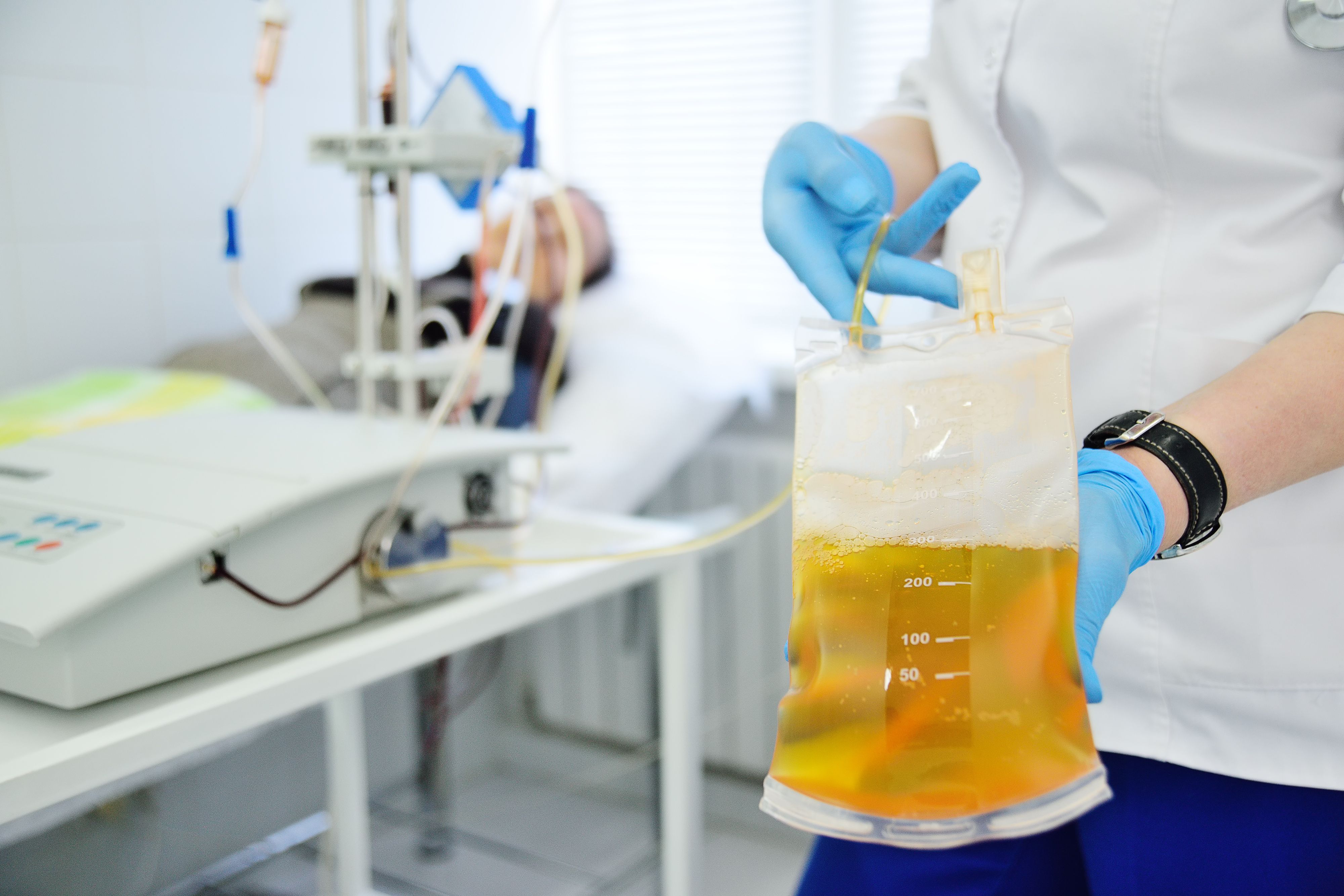Convalescent Plasma May Safely Treat Children at High Risk of Severe COVID-19
Convalescent plasma safely raised antibody levels in children at high risk of severe or fatal COVID-19, successfully neutralizing the virus but unlikely to provide lasting protection.

Convalescent plasma, a blood product collected from patients who contracted and recovered from COVID-19, has been described as the only therapy that keeps up with COVID-19 variants. One study found that using convalescent plasma early in COVID-19 infection reduced the risk of hospitalization by 54% in infected adults.
Now, a study recently published in JCI Insight finds that convalescent plasma may safely and effectively treat children infected with or exposed to COVID-19. Most children who contract COVID-19 experience mild illness, but children with weakened immune systems or preexisting conditions have been known to experience severe or fatal disease.
The Pfizer-BioNTech mRNA COVID-19 vaccine is currently available to all children 5 years and older, with the companies now seeking approval from the US Food and Drug Administration (FDA) to administer the vaccine to children 6 months-4 years of age.
“Even once a SARS-CoV-2 vaccine is available for all ages, there are going to be some immunocompromised children who won’t be able to mount a robust enough immune response from the vaccine, so it’s incredibly important that we study all possible therapies to treat them,” said Oren Gordon, MD, PhD, MSc, a lead author of the study and pediatric infectious disease fellow at Johns Hopkins Medicine.
The investigators enrolled 14 high-risk children in the study to receive high-titer COVID-19 convalescent plasma from May 2020-April 2021. The average age was 7.5 years, but the children ranged from 3 months to 17 years. Of the participants, 9 received convalescent plasma within 5 days of COVID-19 symptom onset, and 5 children received convalescent plasma within 4 days after exposure to COVID-19.
COVID-19 antibodies were transferred from the donors to the children. The children were all treated at Johns Hopkins Children’s Center and were all considered high risk for severe COVID-19, with conditions including cancer, liver failure, chronic lung disease, and cerebral palsy. 6 of the children were hospitalized with COVID-19, and the other 8 remained outpatients.
For up to 2 months after infusion, the investigators collected blood samples from the children to evaluate the passive transfer of antibodies and endogenous antibody production. 3 study participants developed a temporary rash, but there were no serious adverse reactions to convalescent plasma transfusion.
An average of 30 minutes after plasma transfusion, the antibody levels in the recipients’ blood were 6.2% that of the donors’ antibody concentration. The children’s lower antibody levels were expected due to donor plasma diffusion, and the antibody concentration the children did exhibit was expected to provide sufficient protection against severe COVID-19.
Antibody titers declined after 14-21 days, with a 15.1-day half-life for spike protein IgG. This means that the children’s protection was only temporary and suggests convalescent plasma should be administered early in the course of COVID-19 infection.
Due to the rapid metabolization, the investigators recommended donor plasma with high antibody concentration should be used in children. The FDA currently says children younger than 18 should be individually assessed before COVID-19 convalescent plasma treatment.
Researchers commonly and correctly point out that children are not just small adults; their bodies react differently to many therapies and treatments. The fact that the antibodies were metabolized similarly in children of all ages and weights indicates convalescent plasma may be a treatment option for immunocompromised children who may not receive adequate protection from COVID-19 vaccination alone.
Convalescent plasma may also prove beneficial for low- and middle-income areas that may not have vaccines or monoclonal antibodies readily available.
